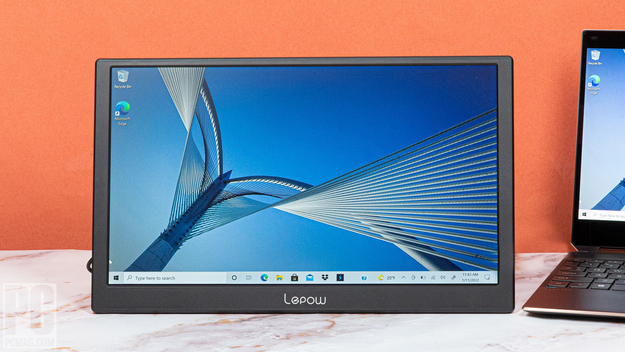Display
Home> Display

Display
A display is an electronic device or surface that presents visual information or images to users. It is commonly used in various applications, ranging from consumer electronics to industrial equipment and public displays. Displays come in different types, sizes, resolutions, and technologies, each suited for specific purposes and requirements.
Here is a general description of the components and types of displays commonly used
Display Panel: The display panel is the primary component of a display, consisting of an array of tiny elements known as pixels.
Backlight : Some display technologies, such as LCD (Liquid Crystal Display), require a backlight to illuminate the pixels.
Resolution: The resolution of a display refers to the number of pixels it contains, typically specified as the number of pixels horizontally multiplied by the number of pixels vertically.
Display Size: Display sizes can vary widely, ranging from small screens on mobile devices to large screens used for digital signage or televisions.


Types of Displays
Displays play a crucial role in conveying visual information to users. Whether in consumer electronics, industrial control systems, digital signage, or other applications, displays provide a means for presenting text, images, videos, and interactive content, enhancing communication, user experience, and visual representation.
Brand we use
Our Services
CCTV System
Fire Alarm System
PA System
Access Control System
Hand Dryers
Projectors
Audio - Video
Rodent Repellent System
Gas Detector
Intercom System - EPABX
Fire Fighting System
Switches
Cables
Door Interlocking
Water Leak System
Display
FAQ
What is the difference between LCD and OLED displays?
LCD displays use a backlight to illuminate liquid crystals and produce images. OLED displays, on the other hand, emit light directly from organic compounds, eliminating the need for a backlight. OLED displays offer deeper blacks, vibrant colors, and wider viewing angles compared to LCD displays.
What is the resolution of a display?
The resolution of a display refers to the number of pixels it contains. Higher resolution displays have more pixels, resulting in sharper and more detailed images. Common resolutions include HD (High Definition), Full HD, 4K, and 8K.
What is the refresh rate of a display?
The refresh rate of a display indicates how many times per second the image on the screen is updated. It is measured in Hertz (Hz). A higher refresh rate provides smoother motion, reducing motion blur and improving the viewing experience, particularly for gaming or fast-paced video content.
What is the difference between resistive and capacitive touchscreens?
Resistive touchscreens use pressure-sensitive layers that make contact when pressed, allowing for input. Capacitive touchscreens, on the other hand, detect changes in the electrical properties of the screen caused by a touch. Capacitive touchscreens are more commonly used in modern devices due to their greater sensitivity and multi-touch capabilities.





